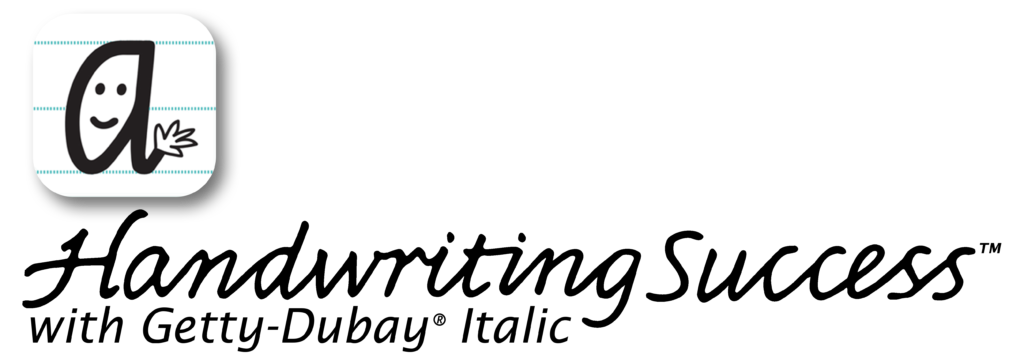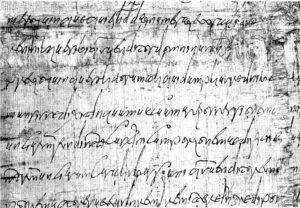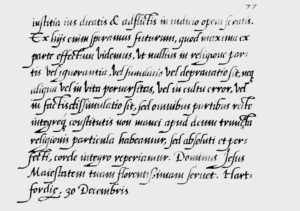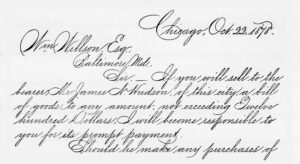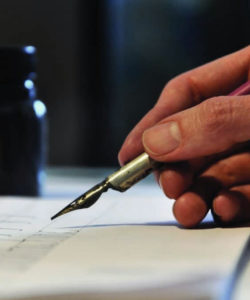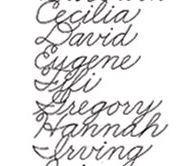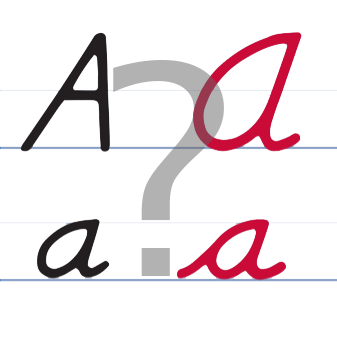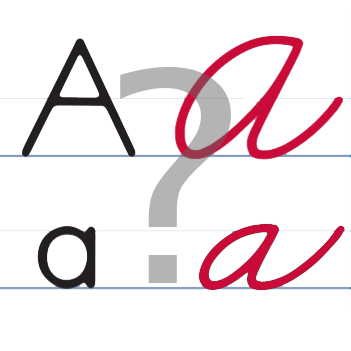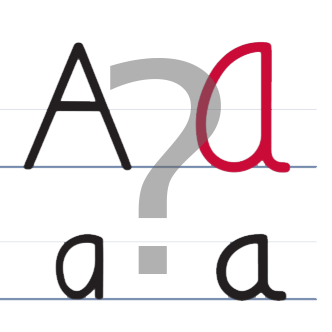According to FindLaw.com: "Anything that marks the paper can be a signature. Pencil is not favored because it can smudge and be erased. But a signature made with a pencil is as valid as a signature in pen. Signatures can also be made with stamps or electronic means. This is because they are different forms of writing implements as long as authentication and security standards are met."
(Touch here for the answer.)

